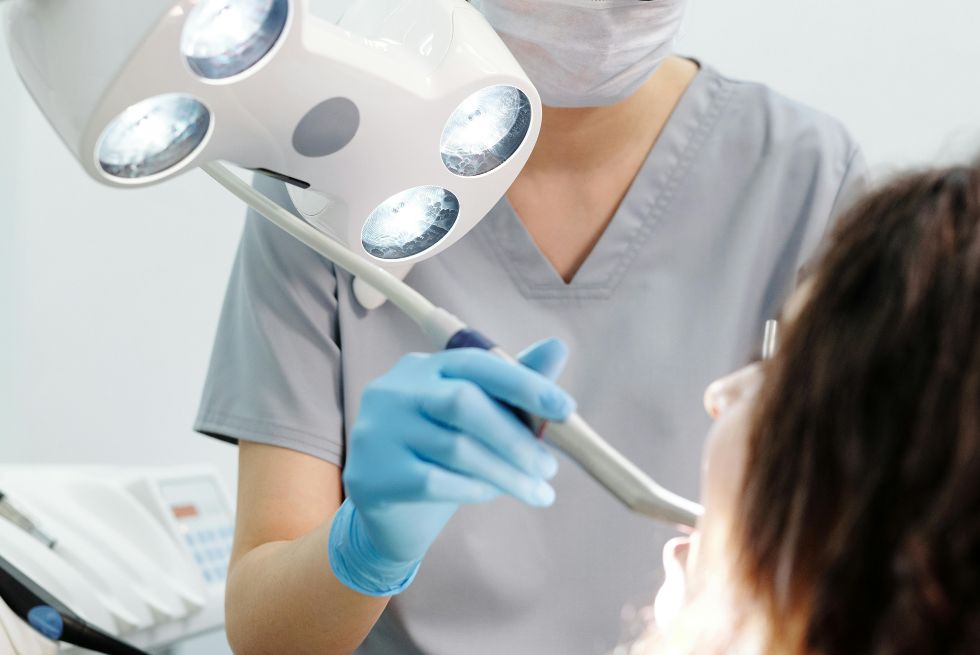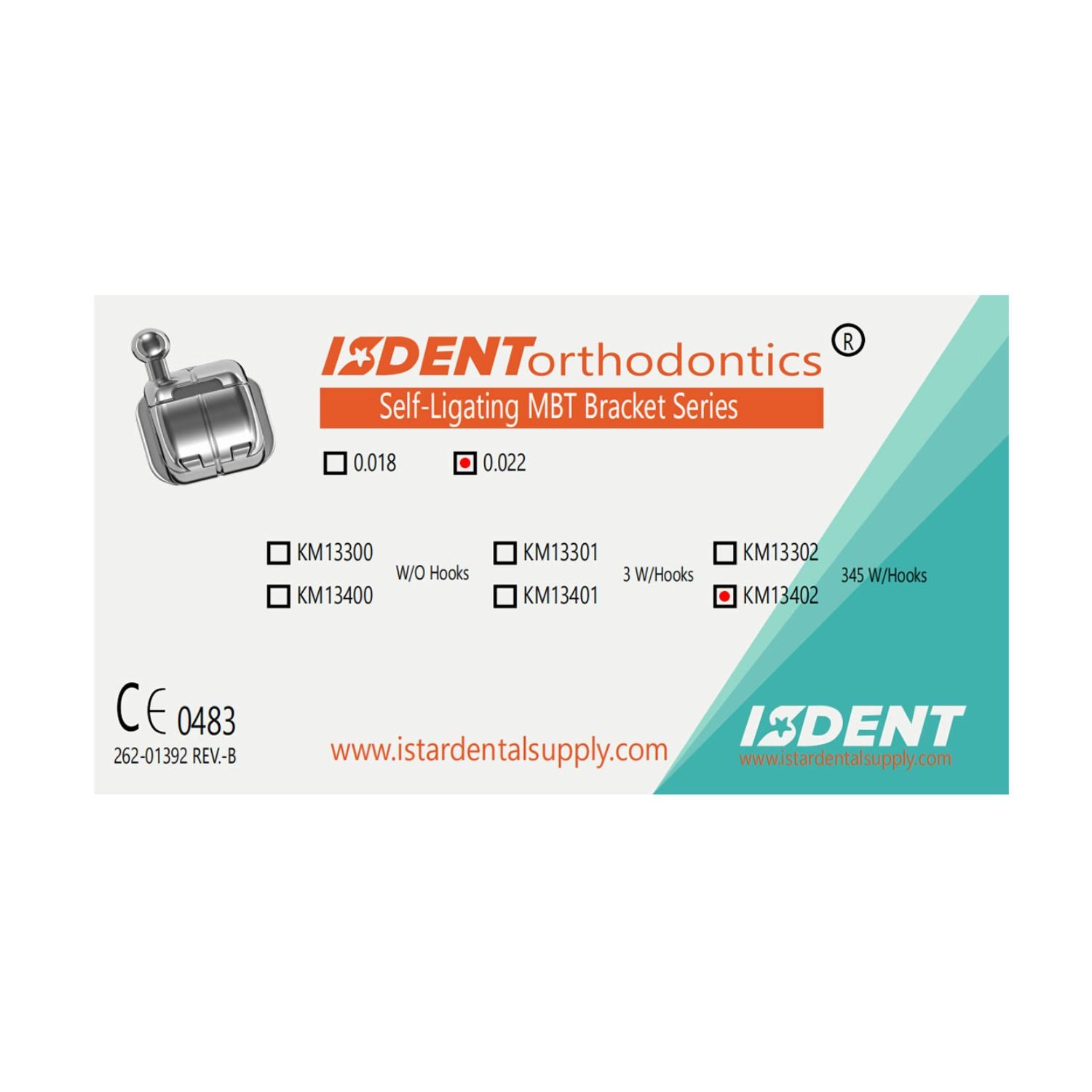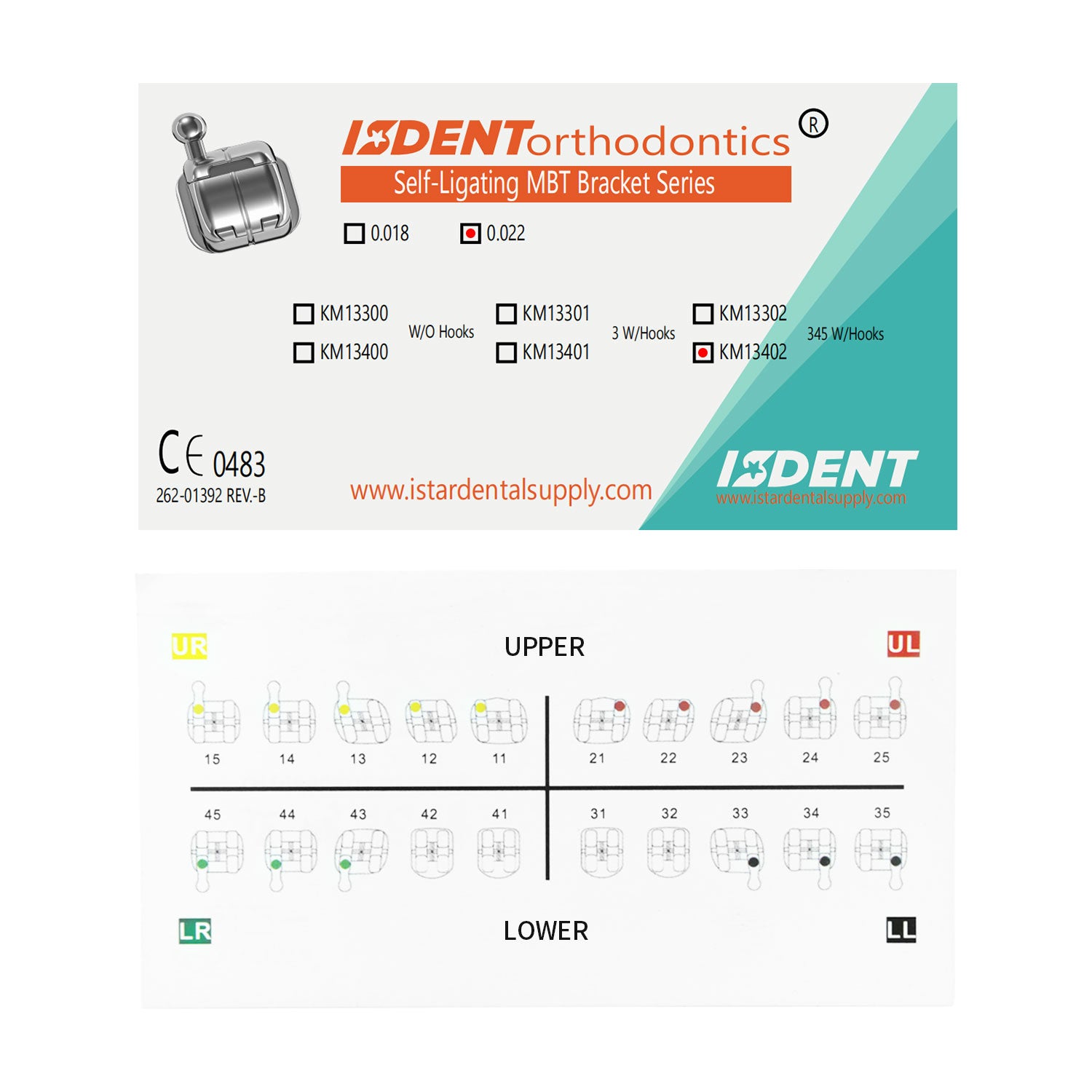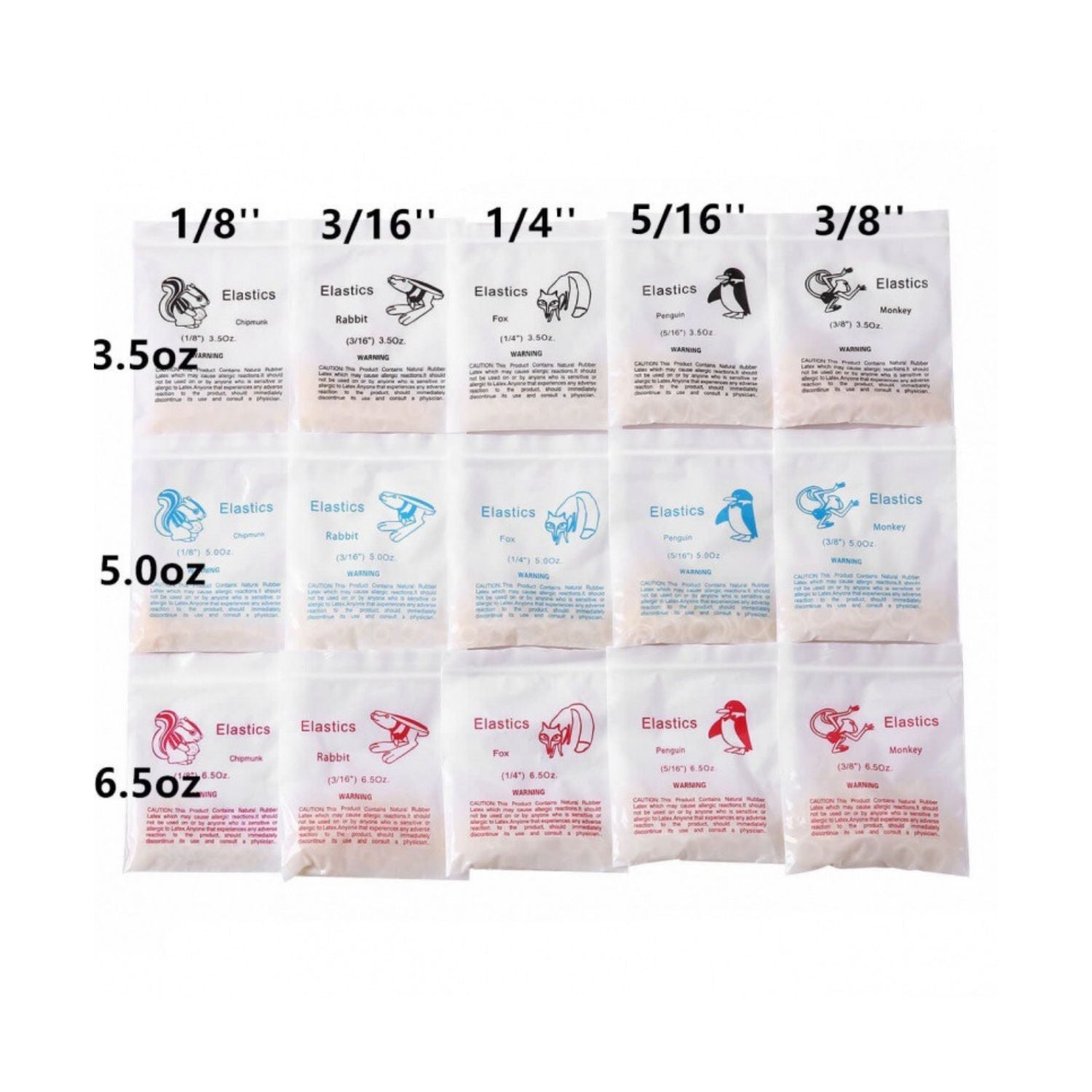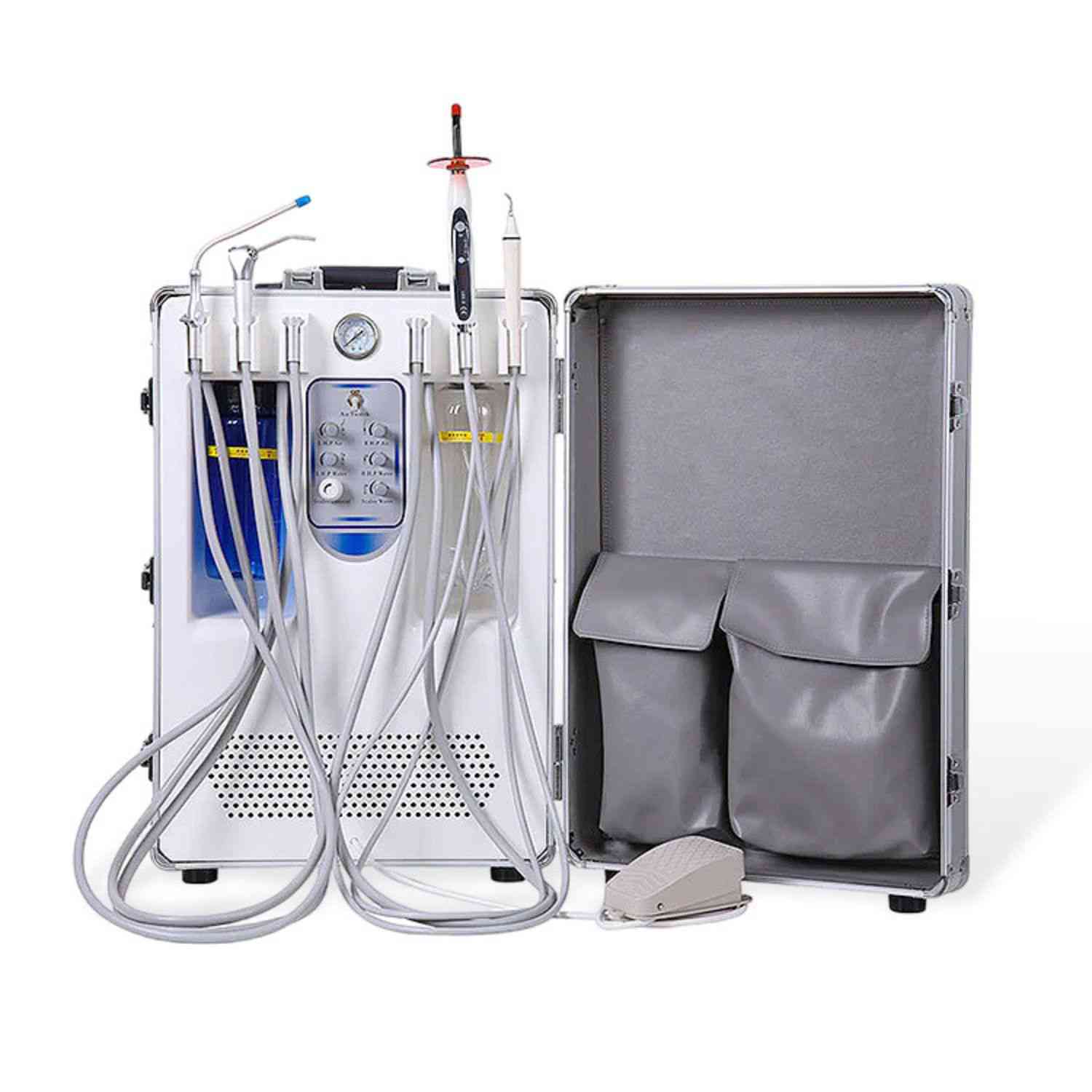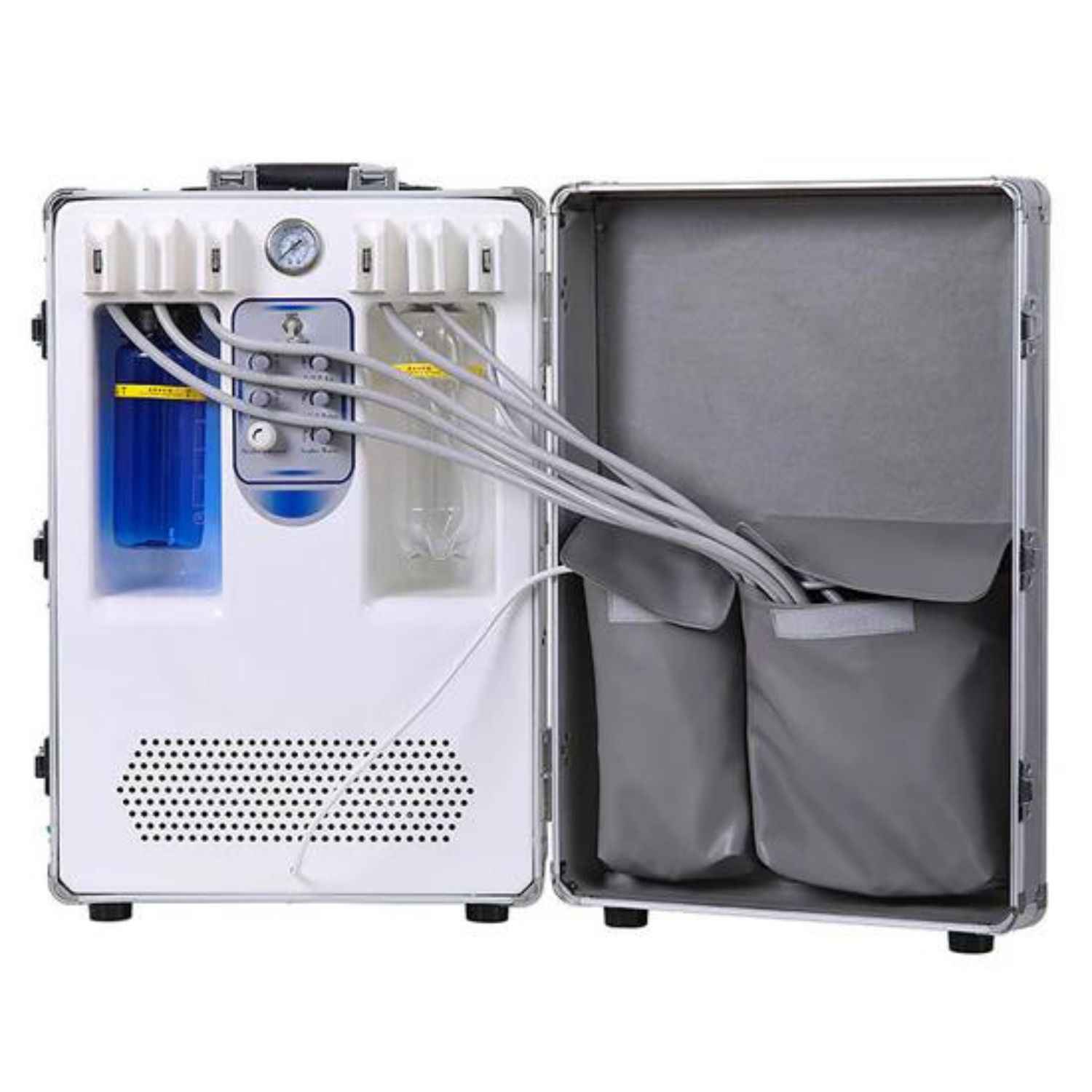For many people, visiting the dentist can be a source of anxiety and discomfort. The anticipation of potential pain, unfamiliar surroundings, and even the sounds and smells of the dental office can contribute to this stress.
However, maintaining good oral health is essential, and regular dental visits are a crucial part of that. Learning how to relax in the dentist chair can make the experience more pleasant and ensure that you receive the dental care you need.
In this post, we'll explore practical strategies to help you feel more at ease during your dental appointments.
Understanding Dental Anxiety Properly
Dental anxiety is a common issue that affects people of all ages. It's characterized by feelings of fear, nervousness, or unease associated with dental visits. Understanding the root cause of your anxiety is the first step toward managing it effectively. For some, it might stem from a past negative experience, while others may have a general fear of medical procedures. Recognizing that these feelings are normal and addressing them can significantly reduce anxiety. Discuss your concerns with your dentist, who can offer reassurance and possibly adapt the treatment plan to make you more comfortable.
Choosing a Good Dentist
The relationship you have with your dentist plays a crucial role in how comfortable you feel during visits. Finding a dentist who is understanding, patient, and skilled in handling anxious patients can make a world of difference.
Look for a professional who listens to your concerns and explains procedures in a way that you can understand. A good dentist will also be willing to take the time needed to make you feel at ease.
Reading reviews, asking for recommendations, and even visiting the office before your appointment can help you find a dentist that suits your needs.
A Comfortable and Nice Looking Dental Chair
The environment in which you receive dental care can significantly impact your comfort level. A well-designed, comfortable dental chair is not just about aesthetics; it's about providing physical support and promoting relaxation.
Modern dental chairs are often ergonomically designed with padded cushioning and adjustable features to help you find the most comfortable position.
Additionally, some dental offices offer blankets, pillows, and even heated chairs to enhance comfort. A pleasant and soothing environment can help alleviate anxiety and make the experience more tolerable.

Listen to Soft Music
Music has long been known for its calming effects, and it can be a powerful tool in reducing dental anxiety. Many dental offices offer the option to listen to music during your procedure, allowing you to bring your own playlist or choose from the office's selection.
Soft, soothing music can help drown out the sounds of dental instruments, which can be a significant trigger for anxiety. It also provides a distraction, helping you focus on something pleasant rather than the dental work being done.
Consider bringing noise-canceling headphones to further enhance the experience.
Communicate with the Person Next to You
Having a trusted companion with you during your dental visit can provide emotional support and comfort. Whether it's a friend, family member, or partner, having someone to talk to before and after your appointment can help ease nerves.
They can also assist in communicating your needs or concerns to the dental staff, especially if you're feeling overwhelmed. Some dental offices allow companions to stay in the treatment room, which can be reassuring.
Clear communication with your dental team is also vital; let them know if you need a break or if something is causing discomfort.
Empty Your Mind
Mindfulness and relaxation techniques can be incredibly effective in managing dental anxiety. Practice deep breathing exercises, visualization, or progressive muscle relaxation before and during your appointment.
Deep breathing involves taking slow, deep breaths, which can help lower your heart rate and calm your nerves. Visualization entails imagining a peaceful scene or a happy memory to distract your mind from the present situation.
Progressive muscle relaxation involves tensing and then slowly relaxing different muscle groups in your body, helping to release physical tension.
Use of Dental Sedation Options
For individuals with severe dental anxiety, sedation options can be a valuable tool. Dental sedation ranges from mild forms, like nitrous oxide (laughing gas), to more moderate options like oral sedatives or intravenous sedation.
These methods help relax the patient and reduce the perception of discomfort. It's important to discuss these options with your dentist to determine the best choice for your level of anxiety and the type of procedure being performed.
While sedation can provide a more relaxed experience, it also comes with considerations, such as potential side effects and recovery time.
Creating a Pre-Appointment Routine
Establishing a pre-appointment routine can help you feel more prepared and calm before heading to the dentist. This might include listening to your favorite calming music, practicing mindfulness exercises, or engaging in a relaxing activity like reading or taking a walk.
Avoid consuming caffeine or sugar, as these can increase anxiety and restlessness. Ensure that you arrive at the dental office with plenty of time to spare, so you don't feel rushed.
Having a set routine can provide a sense of control and reduce feelings of unpredictability associated with dental visits.
Conclusion
Dental anxiety is a common challenge, but with the right strategies and support, it is manageable.
Understanding the root of your fears, choosing a compassionate dentist, and using tools like music, mindfulness, and even sedation can significantly improve your experience.
Remember, taking care of your oral health is crucial, and finding ways to relax in the dentist chair will make it easier to maintain regular dental visits.
By preparing yourself mentally and physically, you can transform the dental appointment from a source of stress into a routine part of your self-care.

